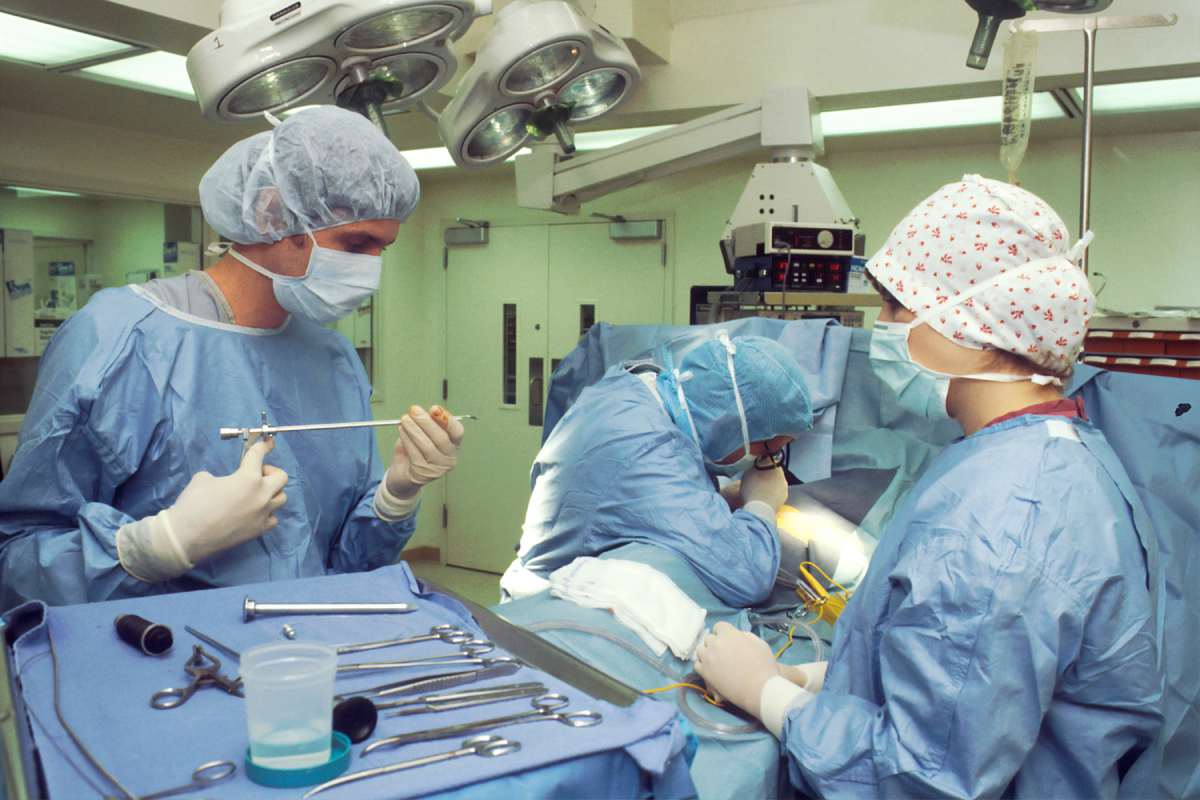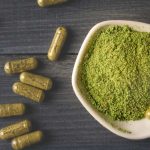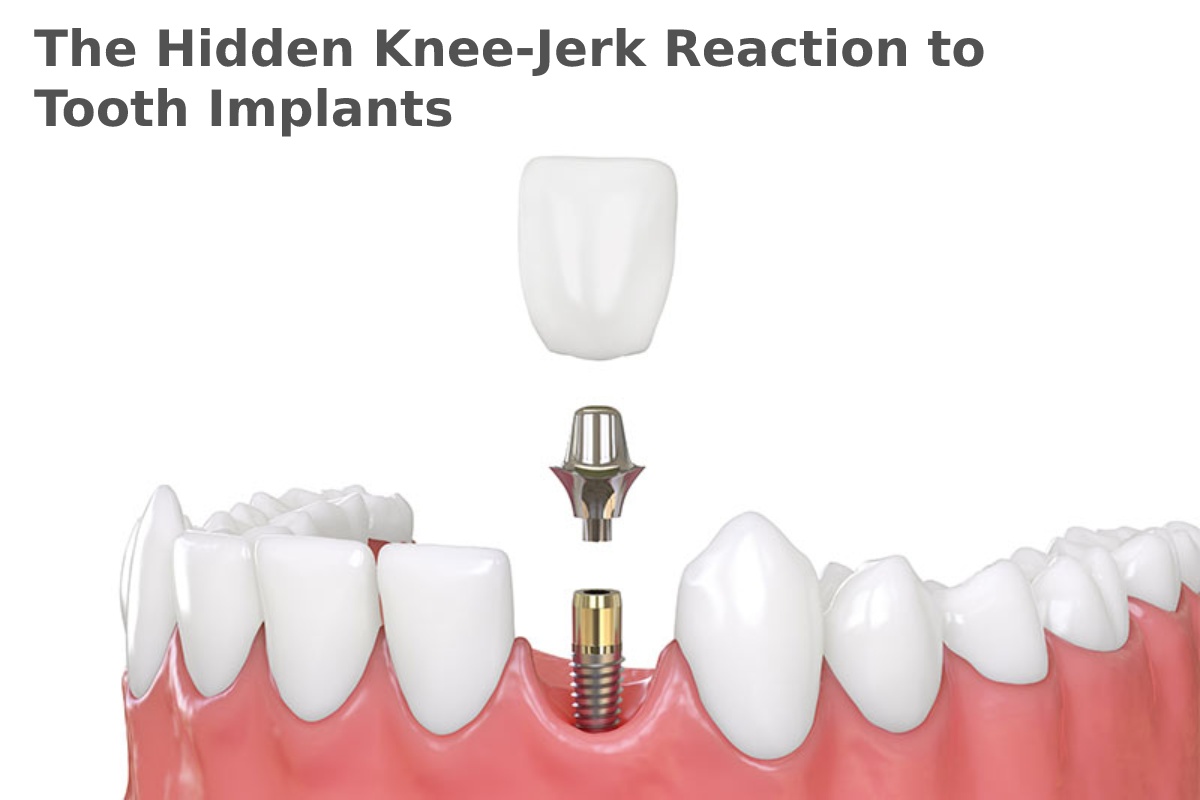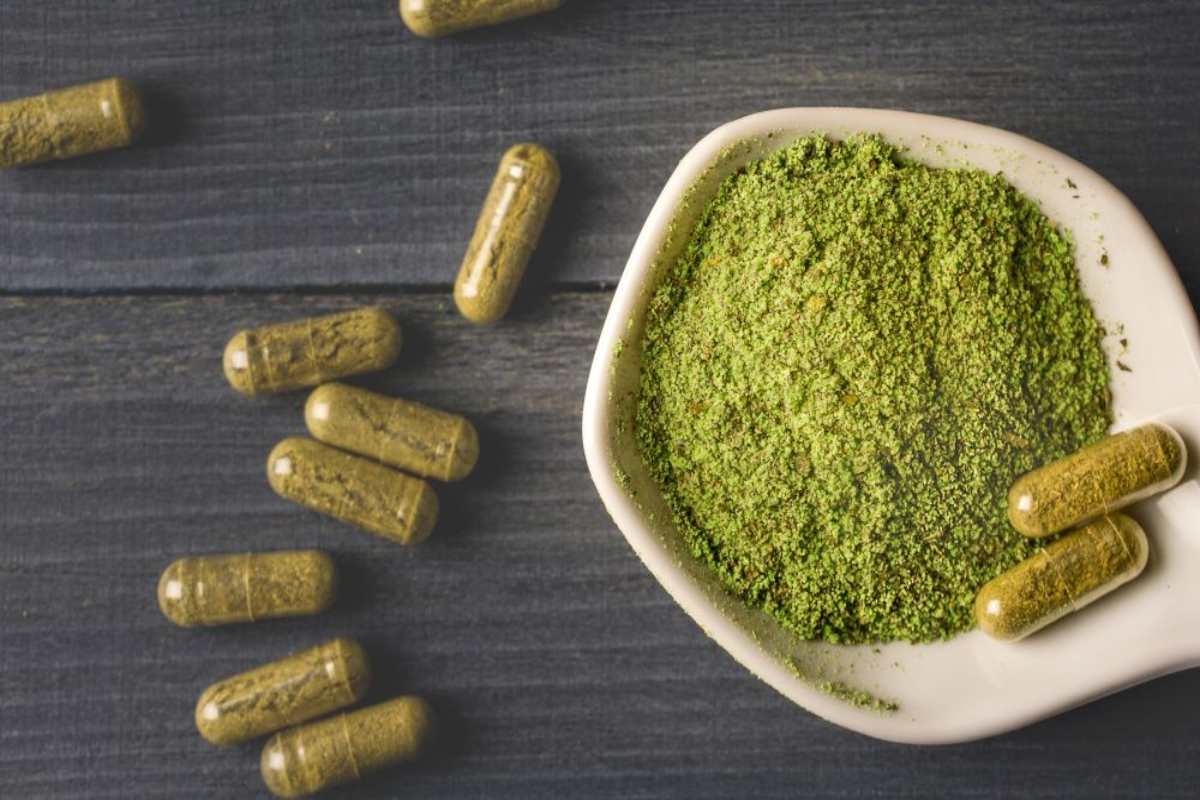By Jacob Larkin, marketing coordinator at Lanes Group
Due to increased concern about microplastics, more organisations are taking action to investigate the possible effects of plastic pollution on the human body. We expose to microplastics through a variety of means – they are in water, food and even the air we breathe. This allows them to enter our bodies, so it is important to understand how this could affect our health. There is still much to learn about the dangers of microplastics, but we know that there will be serious consequences for our health and that of our environment if we do not reduce the amount of plastic we consume every day.
Read more to learn about the ways that microplastics can affect humans, and how you can help to guard yourself and the environment against these potentially harmful effects.
How do microplastics affect our health?
In the same way that plastic items in landfills may take thousands of years to fully break down, pieces of microplastic may also remain in our bodies for the long term. There are a number of issues this could lead to if we consume plastic in large quantities, including inflammation of vital organs and stress on oxygen-producing systems, such as the lungs, veins and heart. Currently, studies suggest that the average person consumes around 20kg of microplastic in their lifetime, and while this is not a large enough amount to cause serious health problems in most people, it is vital that we fight the microplastic problem and stop this number from growing.
Through investigations carried out on animals such as rodents and fish, scientists have found microplastics have entered animals’ bloodstreams and vital organs. It is likely that this would also be possible in the human body, too and while there are no conclusive studies, this theory back up by an investigation that found microplastics in the placentas of unborn babies.
Plastic is an especially suitable habitat for certain bacteria and human pathogens. These microorganisms can live on plastic particles and may carry them into the body when plastic ingest, where they have the potential to cause significant health problems. This makes contact with or consumption of these plastic particles potentially very dangerous. Additionally, this bacteria could infect animals that are bred for human consumption – microplastics can enter the human body in this way too, along with any pathogens that have made a habitat of these plastic pieces.
What other effects do microplastics have on humans?
While the direct effects of microplastics on our health are highly concerning and are still under investigation, it is clear that there are a number of other effects that microplastic pollution has on the environment that will indirectly cause harm to our lives.
Firstly, wildlife is also affected by the health issues that microplastics bring to humans. Plastic has been found in the bodies of whales, turtles, and camels and was considered a significant cause of the deaths of these animals. As more plastic release into the environment, there is a higher risk that animals will eat this plastic and die.
At a large scale, this may have a knock-on effect on plant species that play a crucial role in processes like water drainage or pollination. An area such as the Amazon rainforest, where many important plants harvest for crucial medicinal purposes, is an example of how the contamination of nature could severely limit some of humanity’s most important resources.
Additionally, with microplastic waste now being discovered at the peak of Mount Everest and across the Arctic Circle, there are very few parts of our natural world that have not been affected by plastic pollution in some way.
What can we do about microplastics?
Over time, it expect that the ingestion of microplastics will become more common as the manufacturing of plastic products and packaging continues to become more popular. However, there are a number of steps that people and organizations can take to help reduce their impact on the environment with regards to microplastic pollution.
For a start, finding out which products you buy that may contribute to microplastic pollution is a great first step. Microplastics can come from the breakdown of plastic items or from the intentional manufacturing of microplastic components. If you frequently buy cosmetic items, cheap clothing and single-use plastics, it is likely that they will contribute to microplastic pollution.
Microfibres
Many cheap clothing items create using blends with synthetic fibres. These can dislodge and enter the water stream through the washing machine or by day-to-day wear-and-tear. Instead of buying from fast-fashion brands, buy clothes made from natural materials, such as wool or bamboo fabric, which will decompose normally without causing health and environmental hazards. Bedding and utility fabrics, such as rope, can also be major sources of microfibres.
Plastic shards
As any larger plastic item breaks down, it does so into tiny pieces. These become microplastic shards which then enter the environment. Even plastic bags that designate as ‘biodegradable’ can often contribute to this, as they are not as effective as they are first made out to be. Consider using reusable shopping bags made of canvas instead.
Also, avoid purchasing items that come in single-use plastic packaging. Instead, opt for products that come in paper packaging, or bring your own. Then, when storing your items, you can use your own reusable boxes and tupperware that will last for much longer.
Microbeads
One example of where steps have already been taken to reduce microplastic pollution is in cosmetic and skincare manufacturing, where microbeads – which were frequently added to products to alter their appearance or functionality – have been banned. This ban came into effect as part of the UK government’s 25 Year Environment Plan and is a great example of how such legislation can help our environment. The government has shown that it is possible to step up to big brands that use microplastics in their products, so we need to continue pushing to have similar products that cause plastic pollution investigated as well.
There are many ways we can help to reduce the spread of microplastics and ultimately improve our chances of better health for humans and the planet in the future. However, it requires action from individuals and organisations. Lanes Group’s Microplastics Out of Our Drains (MOOD) campaign aims to take action by pushing the UK government to listen to environmental experts and take the steps required to limit the spread of microplastic pollution.
The government can help to reduce microplastic spread by targeting items that create secondary microplastics – those created from the decomposition of existing plastic items, rather than microplastics used in manufacturing, which refer to as primary microplastics. There are also still some processes which utilise microbeads, such as blast cleaning.
We are calling for the UK to match the EU’s proposed policy to ban all intentional microplastics and to monitor our water systems more closely. As for microfibres separated through clothes washing, a relatively simple fix would be to install filters in washing machines, and mandate that washing machine manufacturers install them in new and old machines.
It is essential that you spread awareness about how microplastics are beginning to affect our lives and take action to remedy your own habits. Visit our MOOD campaign page for more information.












